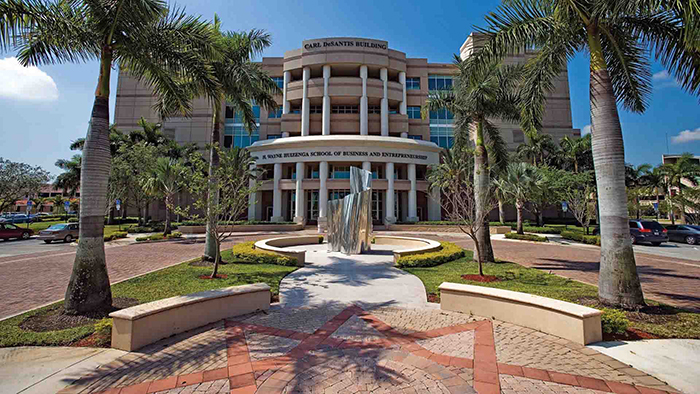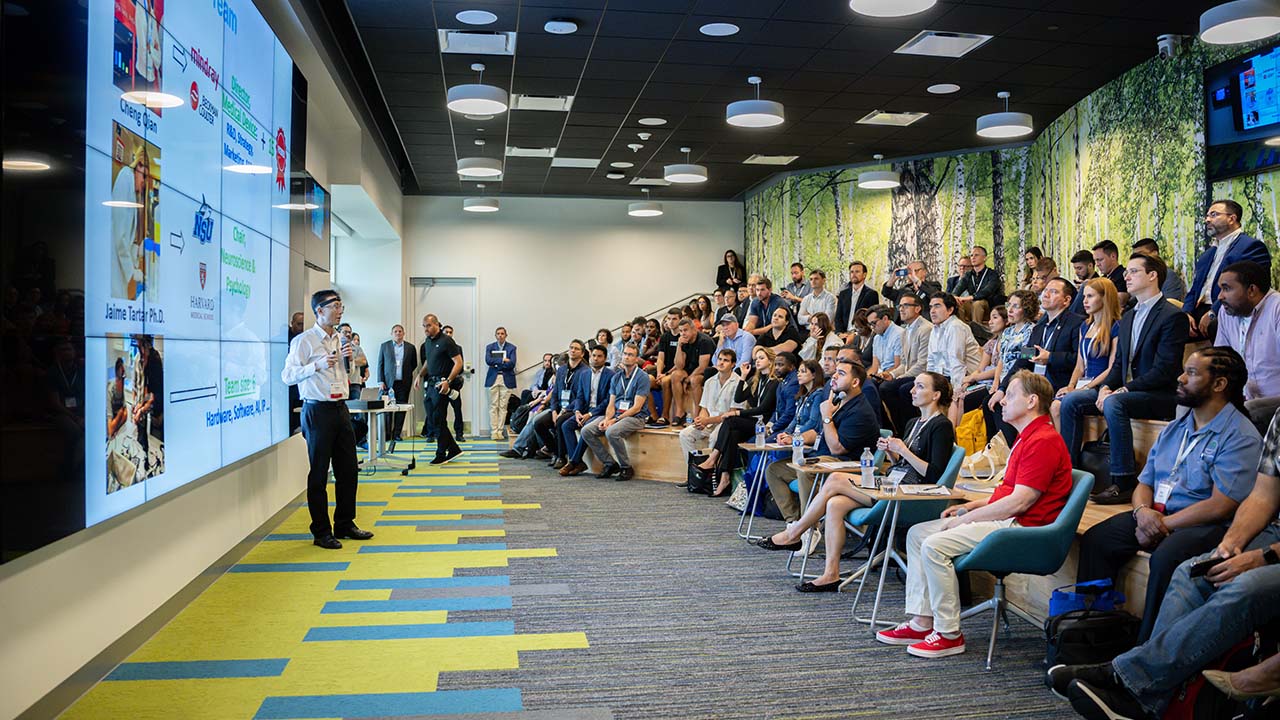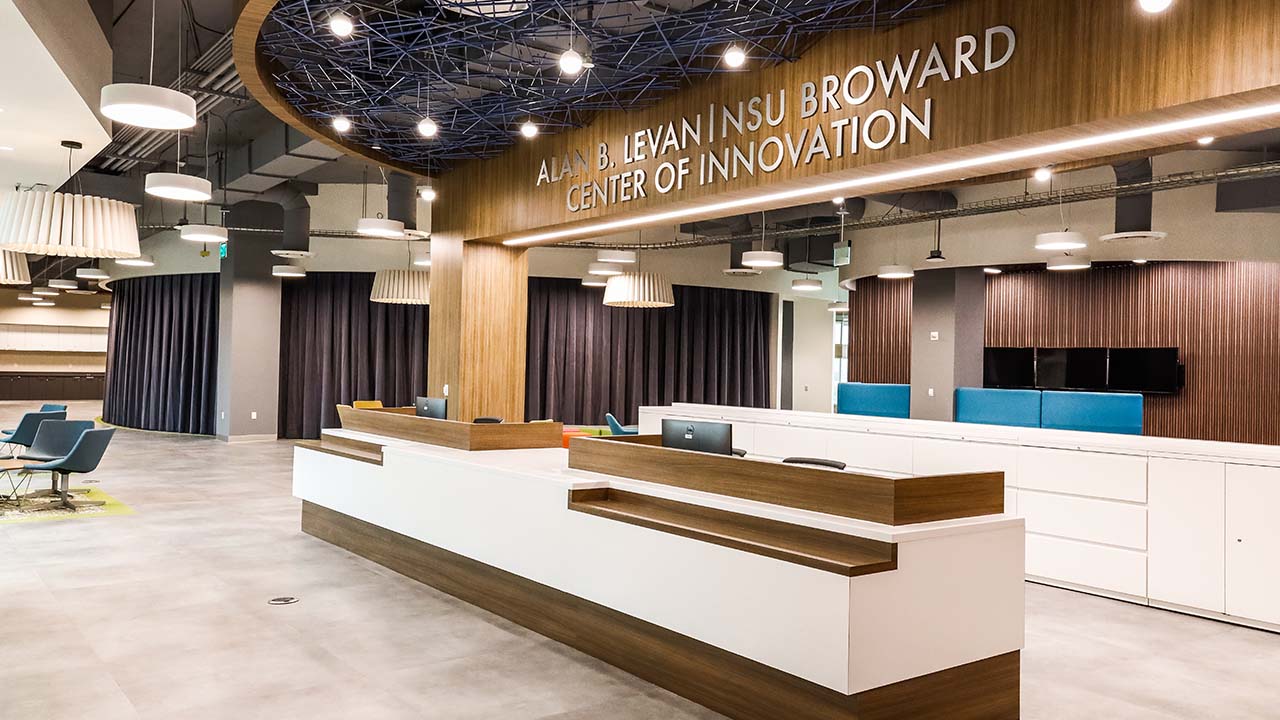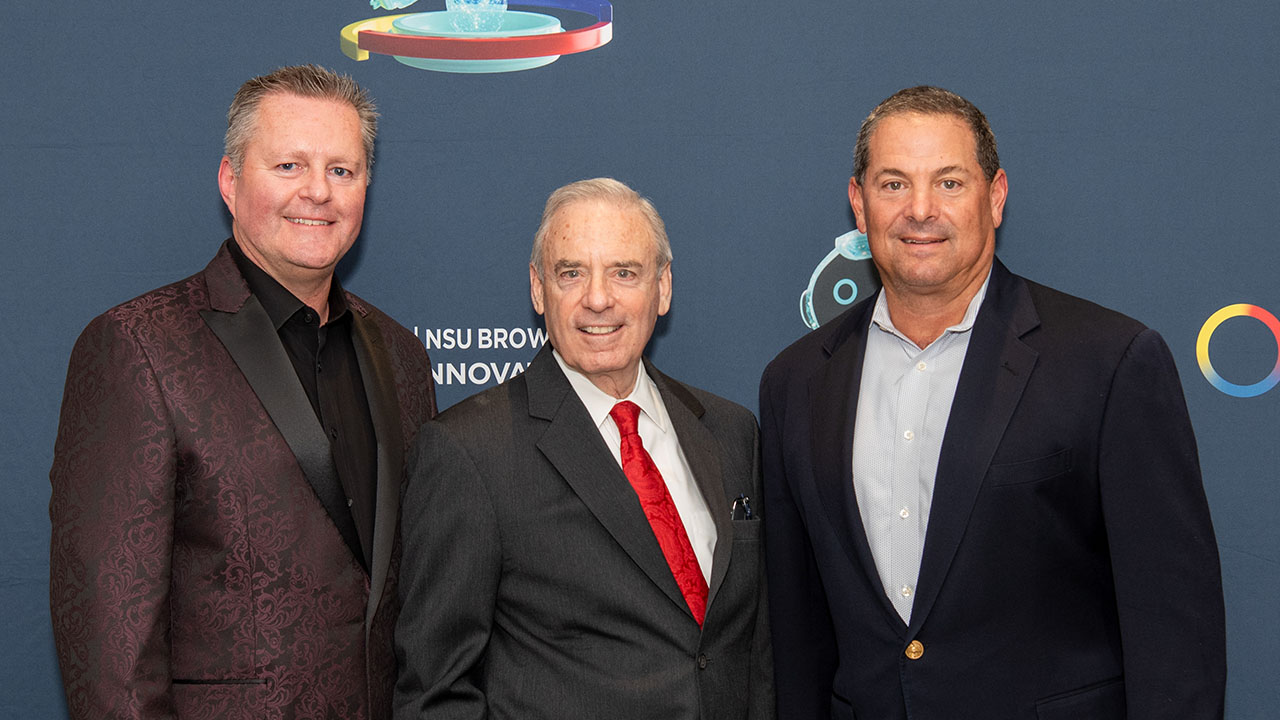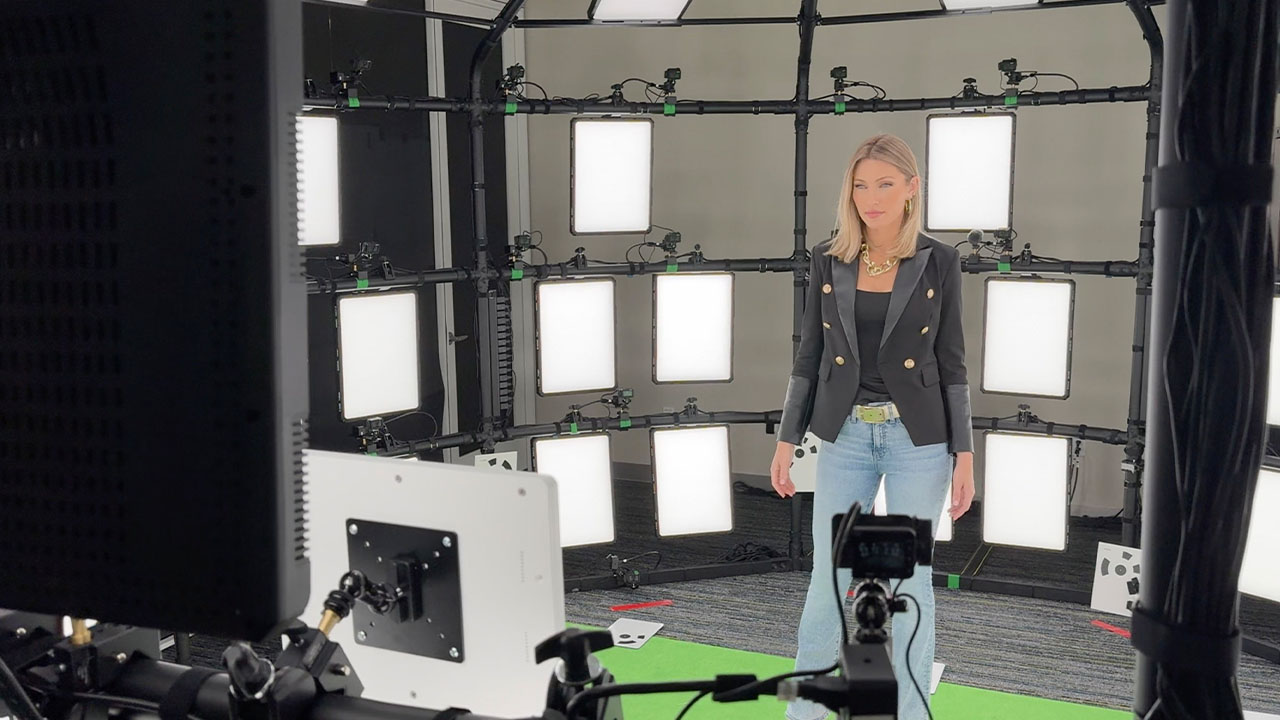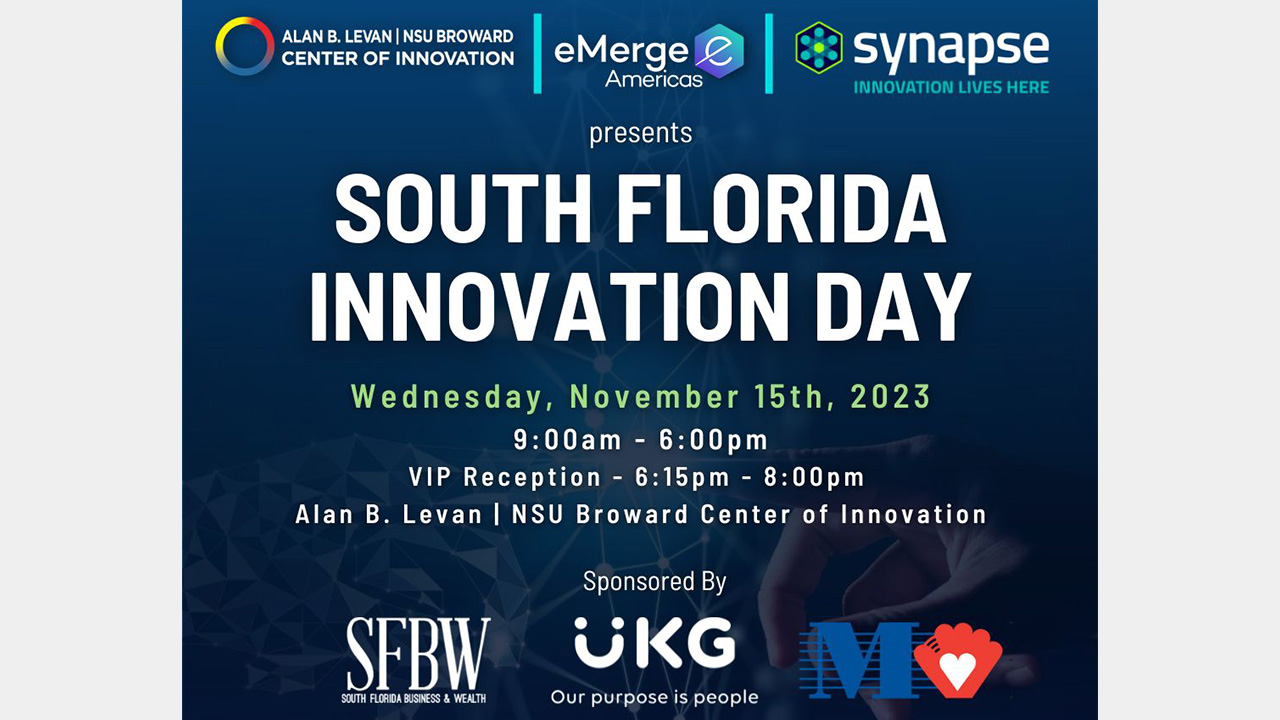The flood of technology at colleges and universities is starting to address the need to improve student engagement. This is vital because unfulfilled educational experiences hurt graduation rates. Administrators also need to better understand student retention because the issue has contributed to the trillion-dollar student loan crisis.
One of the top issues identified by dissatisfied students is their lack of engagement with their school. This includes the campus, the faculty and other students. While technology has enabled remote and online courses, students can lose interest and motivation due to an absence of collaboration. For students who are infrequently on campus, the hurdle of just getting around can seem daunting.
Fortunately, there are new technologies that can increase engagement and make student life more productive, both on campus and off: Location-based mapping can provide campus navigation – even inside buildings, including finding the best places to study and meet up with like-minded students. Internet of Things (IoT) technologies can provide contextual notifications, such as helping with both finding parking and finding parked cars afterward. Learning-management systems such as Blackboard facilitate student and professor engagement regardless of location. Audio-video technologies such as Extron and Crestron facilitate the classroom experience. GoToTraining can also facilitate the local and remote lecture experience by connecting students and professors. Desktop virtualization technologies such as XenApp enable fast-paced lab environments as well as app delivery for training students in subjects such as AutoCAD or Photoshop.
Collectively, these technologies provide a basis for an engaged student and faculty. However, challenges still exist, as most of the current technologies are not integrated and provide an obstacle for professors to learn and leverage.
In South Florida, Chris Harrison, CTO of the Nova Southeastern University (NSU) Office of Innovation and Information Technology, is driving a two-year initiative to redefine how technology can be leveraged in higher education.
“This program includes an innovative environment and ecosystem for IT staff, students, faculty, think tanks and partners, such as Citrix, to research, collaborate and foster creativity,” Harrison says. “This will be accomplished by developing and producing leading-edge and sustainable solutions aimed at solving real-world problems centered on the academic community and incorporating those across NSU. It is funded internally and is a key enabler for students to design, develop and test the various technologies in a sand environment. Students can work hand-in-hand with engineers and scientists as well.”
Stay tuned for some homegrown innovation in education that raises the bar for student engagement and outcomes. ?
Chris Fleck is on the board of the South Florida Technology Alliance and vice president of emerging solutions for Citrix Systems (NASDAQ: CTXS), a Fort Lauderdale company that provides secure remote access to data and applications.


